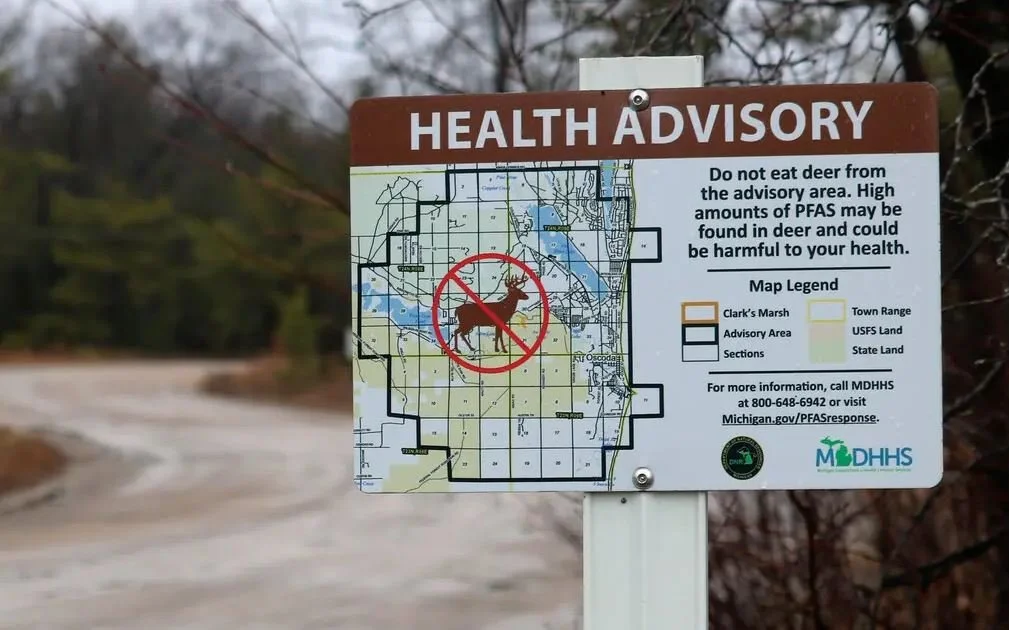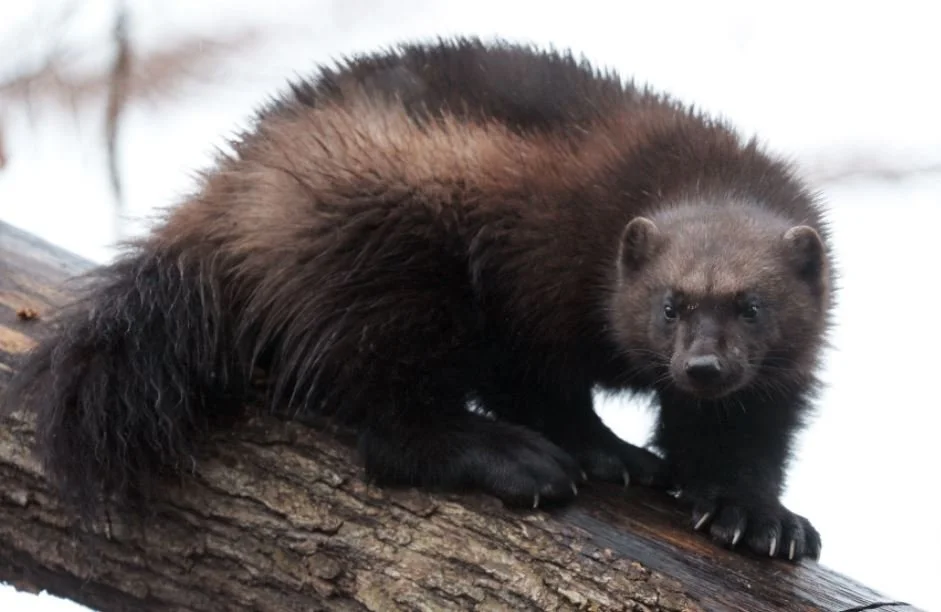Nixon’s Endangered Species Act Turns 50; UN Slowpokes Ponder the Oceans
The Endangered Species Act turns fifty this year and it has had a pretty good run. Thank Richard Nixon who launched the ESA (along with the Environmental Protection Agency and the Clean Air Act).
The ESA requires that all federal agencies implement policies that won’t jeopardize a listed species or “destroy or adversely modify” its habitat. The provision to safeguard the entire habitat has been a potent tool – it protects both an individual species and all the other flora and fauna within the ecosystem.
The Department of the Interior boasts that the ESA “has saved hundreds of species from extinction and continues to protect and preserve some of our most beloved animals and plants.” The bald eagle, gray wolf and California condor all owe their presence to the ESA.
The US Fish and Wildlife Service, the agency responsible for naming protected animals and plants (the National Marine Fisheries Service handles ocean species), often has to be prodded hard to designate a species for protection.
Last month the USFWS finally proposed to list the California spotted owl after 20 years of pressure from environmental groups, including a 2020 lawsuit that forced the USFWS’s hand. Following a public comment period, if the owl finally makes the cut, it will join about 1,300 other species on the rolls.
Meanwhile,the United Nations’ member states finally agreed to a legal framework for protecting oceans outside of national boundaries. Individual nations are responsible for waters within 200 miles of their coastlines, but now we have a starting point, at least, to safeguard the high seas. It is possible that the agreed-upon framework will lead to a binding treaty to tackle the immense, complicated problems presented by climate change, overfishing, and seabed mining.
Since developing just the framework for a treaty can take decades, it makes the ESA – still protecting wildlife and habitat after 50 years – seem rather precocious for its age. Many happy returns, ESA.
Photo credit: Department of the Interior







